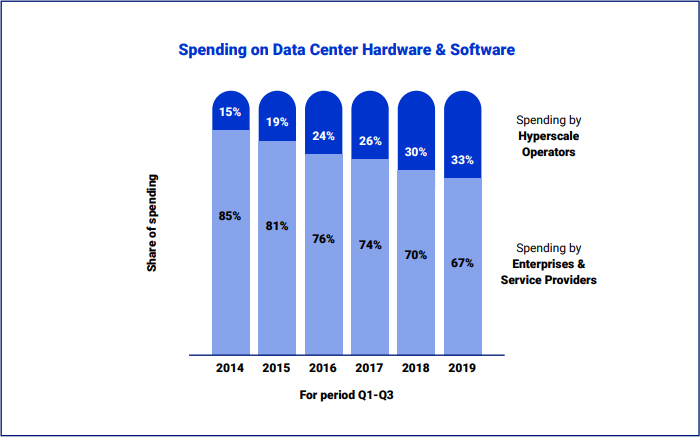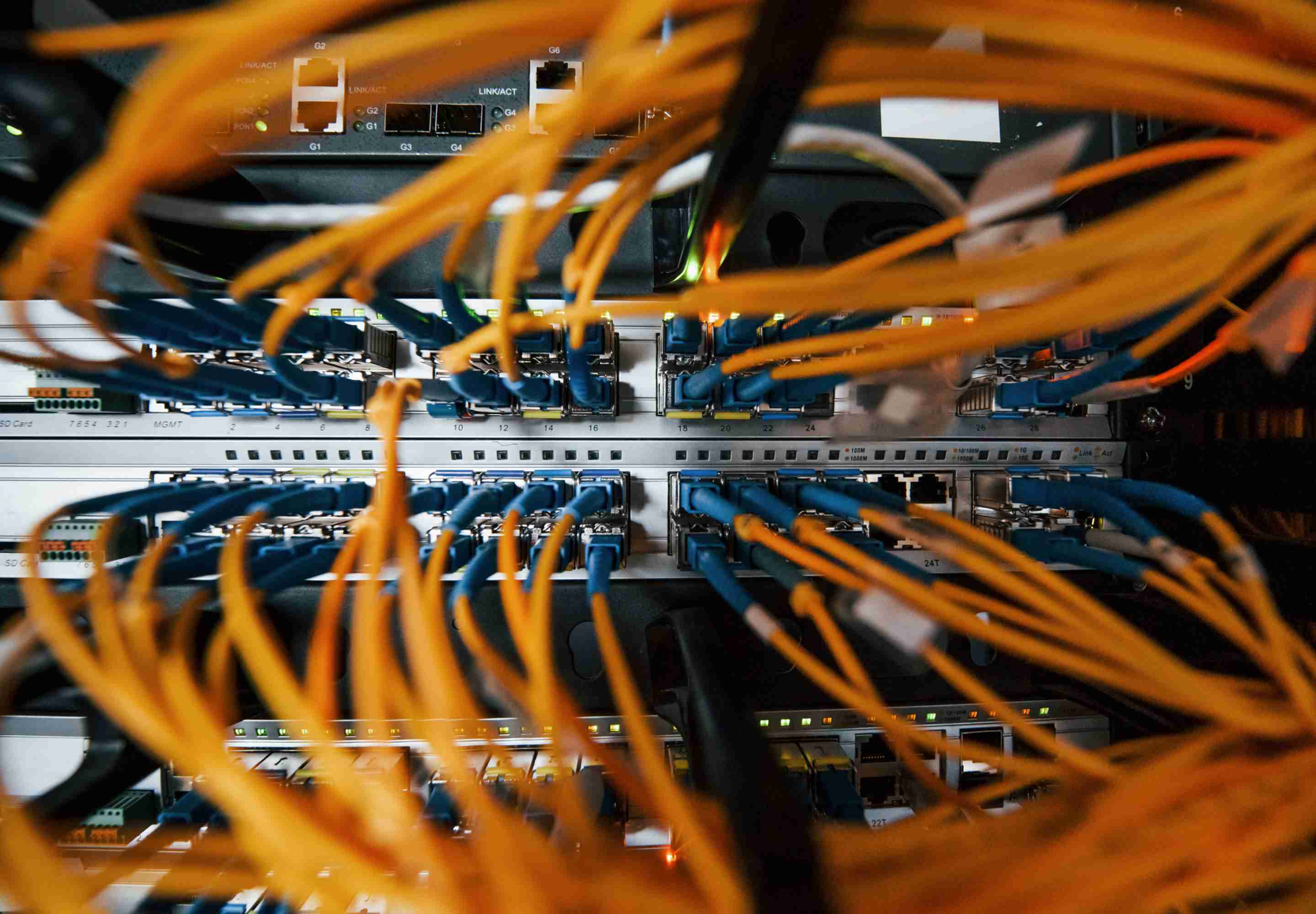-
Featured services
2026 Global AI Report: A Playbook for AI Leaders
Why AI strategy is your business strategy: The acceleration toward an AI-native state. Explore executive insights from AI leaders.
Access the playbook -
Services
View all services and productsLeverage our capabilities to accelerate your business transformation.
-
Services
Network Services
-
Services
Cloud
-
Services
Consulting
-
-
Services
Data and Artificial Intelligence
- AI and Intelligent Solutions
- Data/AI Strategy and Program
- Data Engineering and Platforms
- Data Governance and Management
- Data Visualization and Business Decision
- GenAI Consulting
- GenAI Platforms
- GenAI Industry Services
- GenAI Infrastructure Services
- GenAI Value Transformation
- View Data and Artificial Intelligence
-
Services
Infrastructure Solutions
-
Services
Global Data Centers
-
Services
CX and Digital Products
-
Services
Application Services
-
Services
Sustainability Services
-
Services
Digital Workplace
-
Services
Business Process Services
-
Services
Generative AI
-
Services
Cybersecurity
-
Services
Enterprise Application Platforms
![]()
Accelerate outcomes with agentic AI
Optimize workflows and get results with NTT DATA's Smart AI AgentTM Ecosystem
Create your roadmap -
-
-
Insights
Recent Insights
-
The Future of Networking in 2025 and Beyond
-
Using the cloud to cut costs needs the right approach
When organizations focus on transformation, a move to the cloud can deliver cost savings – but they often need expert advice to help them along their journey
-
Make zero trust security work for your organization
Make zero trust security work for your organization across hybrid work environments.
-
-
![]()
2026 Global AI Report: A Playbook for AI Leaders
Why AI strategy is your business strategy: The acceleration toward an AI-native state. Explore executive insights from AI leaders.
Access the playbook -
-
2026 Global AI Report: A Playbook for AI Leaders
Why AI strategy is your business strategy: The acceleration toward an AI-native state. Explore executive insights from AI leaders.
Access the playbook -
Discover how we accelerate your business transformation
-
About us
CLIENT STORIES
-
Liantis
Over time, Liantis – an established HR company in Belgium – had built up data islands and isolated solutions as part of their legacy system.
-
Randstad
We ensured that Randstad’s migration to Genesys Cloud CX had no impact on availability, ensuring an exceptional user experience for clients and talent.
-
-
CLIENT STORIES
-
Liantis
Over time, Liantis – an established HR company in Belgium – had built up data islands and isolated solutions as part of their legacy system.
-
Randstad
We ensured that Randstad’s migration to Genesys Cloud CX had no impact on availability, ensuring an exceptional user experience for clients and talent.
-
![]()
2026 Global AI Report: A Playbook for AI Leaders
Why AI strategy is your business strategy: The acceleration toward an AI-native state. Explore executive insights from AI leaders.
Access the playbook -
- Careers
Topics in this article
Given the nature of fast paced businesses today, hyperscale data centers are set to dominate data center trends and design
We’re living in an era of instant consumption. From ordering food to booking cabs, almost every service is available in the form of an app. Given the extreme pace that most businesses operate at today, every organization wants their IT infrastructure to operate at a pace that their business demands. They need their IT infrastructure to scale quickly to match the pace of their business. This is extremely challenging in the digital era, where business dynamics change quickly – consider a big billion sale on an ecommerce website, where the demand on the ecommerce website outpaces the infrastructure they have in place.
A Forrester Research report highlights this aspect, in a study titled ‘IT Speed: The Crisis and the Savior of the Enterprise’. The report notes that while 36% of enterprise IT leaders highlight faster delivery of IT services as their top priority and a full 58% place it in the top three priorities, only 17% can deliver fast enough. Furthermore, only 12% can do so with high quality. Forrester says that demand has irreversibly exceeded the capacity of traditional IT.
This has accelerated the demand for hyperscale data centers. Hyperscale refers to the capability of an IT system or architecture to scale exponentially and rapidly to respond to demand that is increasingly heavily. Given the nature of fast paced businesses today, hyperscale data centers are set to dominate data center trends and design. A report by Allied Market Research titled, 'Hyperscale Data Center Market by Type', states that the global hyperscale data center market is expected to generate USD 71.2 billion by 2022 from USD 26.33 billion in 2017, growing at a CAGR of 20.7% from 2017 to 2022. Another report by Markets & Markets estimates the hyperscale data center market to grow from USD 25.08 billion in 2017 to USD 80.65 billion by 2022, at a CAGR of 26.32%. Cisco estimates that by 2021, traffic within hyperscale data centers will quadruple, and hyperscale data centers will account for 55% of all data center traffic by 2021.
Hyperscalers dominate
A recent research report from Synergy Research Group shows that hyperscale operators accounted for 33% of all spending on data center hardware and software in the first three quarters of 2019, up from 26% in Q1-Q3 of 2017 and 15% in 2014. Over that same period the total market has increased in size by over 34%, with the vast majority of the growth being the result of increased spending by the hyperscale operators. This is significant when you consider that spending by enterprises and service providers has risen by just 6%.
Increased spending by hyperscale operators has been driven by burgeoning demand for public cloud services and continued strong growth in social networking. Every trend points to a huge rise in data and network bandwidth consumption. The Cisco Annual Internet Report, 2018 – 2023 predicts that by 2023, there will be 299.1 billion global mobile application downloads, up from 194 billion global mobile application downloads in 2018. By 2023, there will be 29.3 billion global devices and connections (3.6 devices and connections per capita), up from 18.4 billion devices and connections in 2018 (2.4 devices and connections per capita). Similarly, Gartner forecasts that 14.2 billion connected things will be in use in 2019, and that the total will reach 25 billion by 2021, producing immense volume of data.
As more IT spend is allocated to the cloud, expect the growth of hyperscale data centers to accelerate. For example, Gartner estimates that more than USD 1.3 trillion in IT spending will be directly or indirectly affected by the shift to cloud by 2022. As interest in public cloud shoots up, hyperscale players are also investing heavily in expanding their reach. A research report by Technavio states that over the last few years, hyperscalers have invested approximately USD 200 billion in capacity expansion and opening of new data centers.
In the future, we can expect current data centers to be replaced by hyperscale data centers as they offer tremendous benefits such as modularity (allowing enterprises to take a step-by-step approach to planning for their data center), redundancy (allowing enterprises to replace individual physical components rather than the traditional approach of replacing the entire server), reduced downtime and reduced energy costs.





